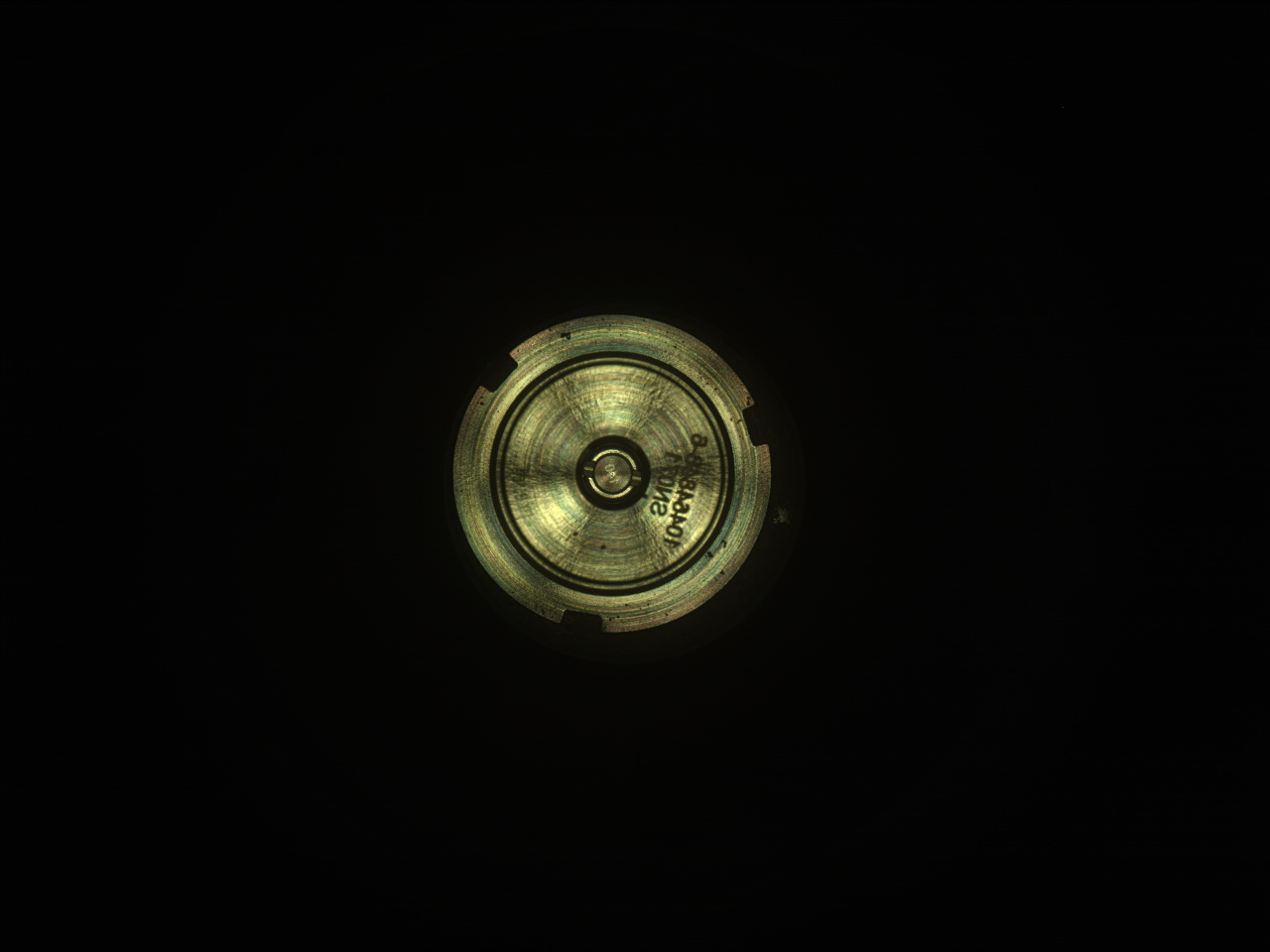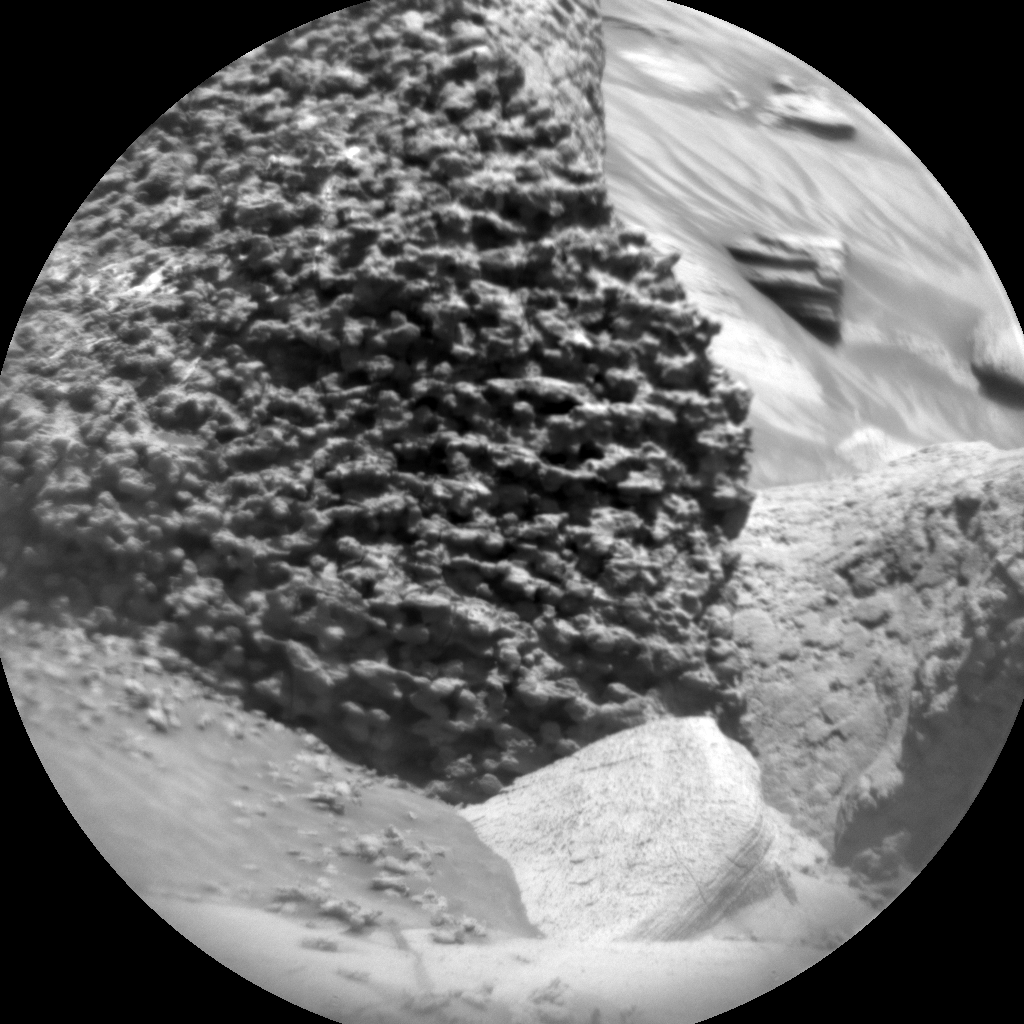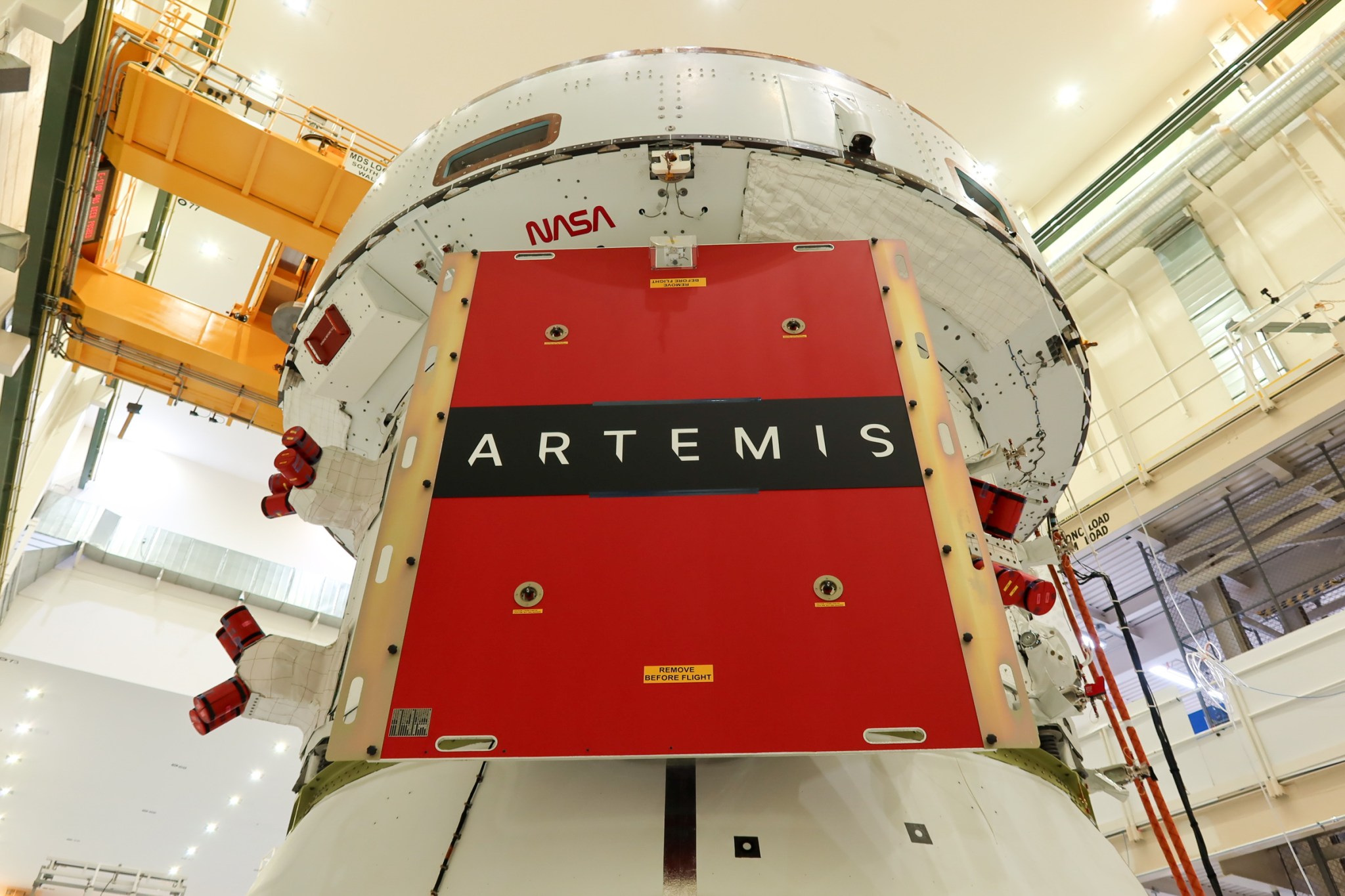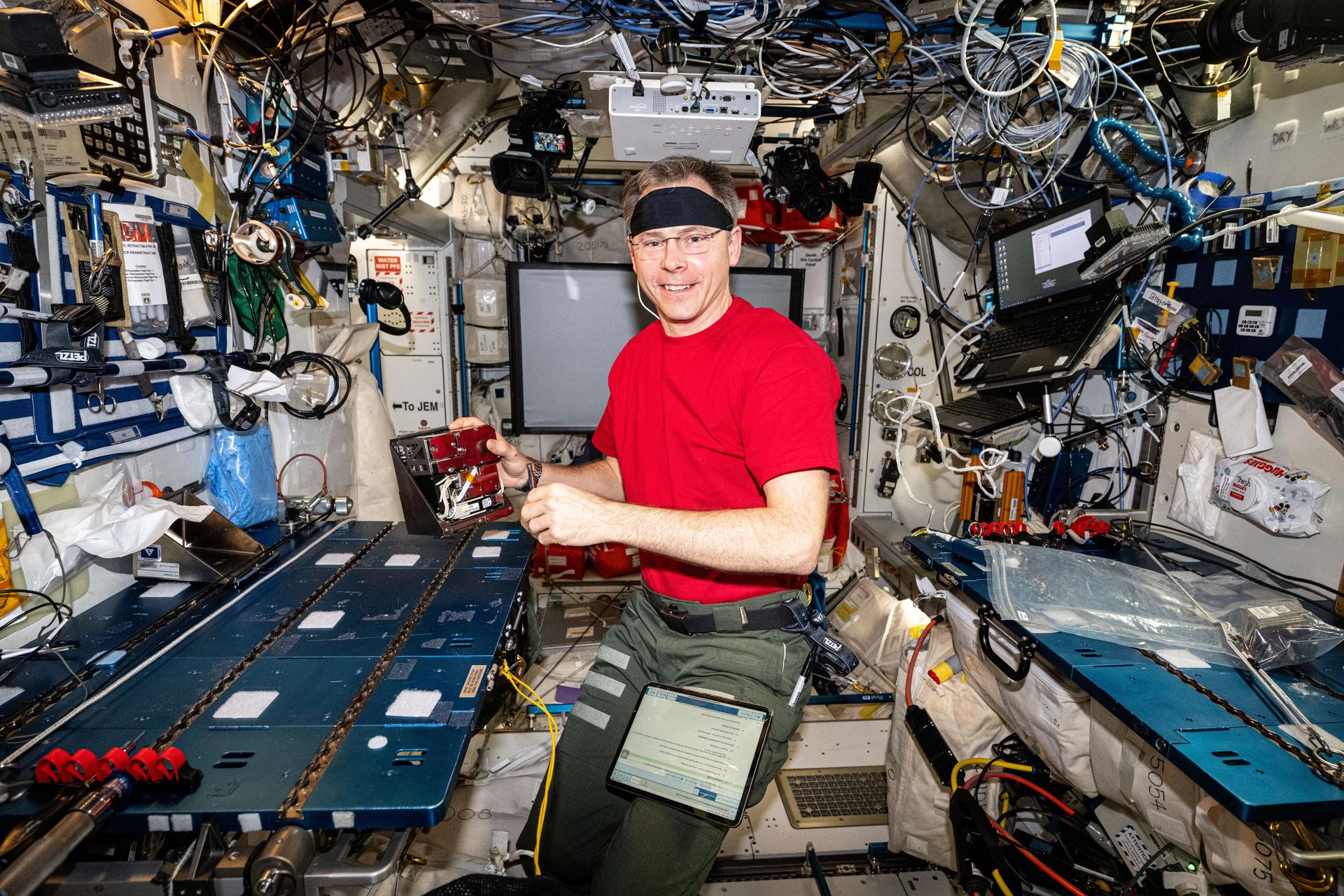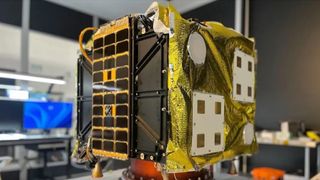Starship put on a show for skywatchers yet again — but not the way that SpaceX would have liked. SpaceX launched the eighth test flight of Starship, the biggest and most powerful rocket ever built, from its Starbase site in South Texas on Thursday evening (March 6). Starship‘s huge first-stage booster, known as Super Heavy, came back to Starbase for a launch-tower catch about seven minutes after liftoff as planned. But the vehicle’s 171-foot-tall (52 meters) upper stage — called Starship or just Ship — experienced a serious problem shortly…
Read MoreAuthor: NeRD
SpaceX loses Starship rocket stage again, but catches giant Super Heavy booster during Flight 8 launch (video)
Starship’s eighth flight was a lot like its seventh. SpaceX launched the eighth test flight of its Starship megarocket today (March 6), sending the 403-foot-tall (123 meters) vehicle aloft from its Starbase site in South Texas at 6:30 p.m. EST (2330 GMT; 5:30 p.m. local Texas time). Seven minutes later, Starship’s huge first-stage booster, known as Super Heavy, returned to Starbase for a dramatic catch by the launch tower’s “chopstick” arms. It was the third time that SpaceX has demonstrated this jaw-dropping technique. SpaceX’s Starship launches on its eighth test…
Read MoreSealing the Deal
Curiosity Navigation Curiosity Home Mission Overview Where is Curiosity? Mission Updates Science Overview Instruments Highlights Exploration Goals News and Features Multimedia Curiosity Raw Images Images Videos Audio Mosaics More Resources Mars Missions Mars Sample Return Mars Perseverance Rover Mars Curiosity Rover MAVEN Mars Reconnaissance Orbiter Mars Odyssey More Mars Missions Mars Home 2 min read Sealing the Deal NASA’s Mars Perseverance rover acquired this image using its onboard Sample Caching System Camera (CacheCam), located inside the rover underbelly. It looks down into the top of a sample tube to take…
Read MoreSols 4473-4474: So Many Rocks, So Many Textures!
Curiosity Navigation Curiosity Home Mission Overview Where is Curiosity? Mission Updates Science Overview Instruments Highlights Exploration Goals News and Features Multimedia Curiosity Raw Images Images Videos Audio Mosaics More Resources Mars Missions Mars Sample Return Mars Perseverance Rover Mars Curiosity Rover MAVEN Mars Reconnaissance Orbiter Mars Odyssey More Mars Missions Mars Home 5 min read Sols 4473-4474: So Many Rocks, So Many Textures! NASA’s Mars rover Curiosity acquired this image using its Chemistry & Camera (ChemCam) of a boulder about 40 meters (about 131 feet) away from the rover at…
Read MoreEngineers Install Orion Solar Array Wings for Artemis II
Technicians with ESA (European Space Agency) and Airbus installed the four solar array wings on NASA’s Orion spacecraft for Artemis II on March 3. The solar array wings, attached to the service module, deploy after Orion reaches space to power the spacecraft. Orion’s service module provides propulsion, thermal control, and electrical power, as well as air and water for the crew during their mission around the Moon. Each solar array wing has 15,000 solar cells to convert sunlight to electricity and is nearly 23 feet in length when fully deployed.…
Read MoreNASA’s SpaceX Crew-9 Scientific Mission on Space Station Concludes
NASA’s SpaceX Crew-9 mission with agency astronauts Nick Hague, Butch Wilmore, and Suni Williams, and Roscosmos cosmonaut Aleksandr Gorbunov is preparing to return to Earth following their science mission aboard the International Space Station. Hague, Williams, and Wilmore completed more than 900 hours of research between over 150 unique scientific experiments and technology demonstrations during their stay aboard the orbiting laboratory. Here’s a look at some scientific milestones accomplished during their journey: Mighty microalgae NASA astronaut Nick Hague processes samples for Arthrospira C, an investigation from ESA (European Space Agency)…
Read MoreHope is all but lost for private asteroid probe in deep space — ‘the chance of talking with Odin is minimal’
The first-ever private asteroid mission appears to be over, just a week or so after it left the ground. California startup AstroForge launched its Odin spacecraft on Feb. 26, on the same SpaceX Falcon 9 rocket that sent Intuitive Machines’ IM-2 mission toward the moon. Odin ran into trouble just a few hours later, however, and AstroForge has pretty much given up hope of recovering the 265-pound (120-kilogram) probe. “The chance of talking with Odin is minimal, as at this point, the accuracy of its position is becoming an issue,”…
Read MoreKachemak Bay’s Stony Waters
The OLI (Operational Land Imager) on Landsat 8 captured an image of Kachemak Bay’s turbid, cloudy waters on September 20, 2024.
Read MoreNASA Invites You to Share Excitement of Agency’s SpaceX Crew-10 Launch
A SpaceX Falcon 9 rocket carrying the company’s Dragon spacecraft is launched on NASA’s SpaceX Crew-9 mission to the International Space Station with NASA astronaut Nick Hague and Roscosmos cosmonaut Aleksandr Gorbunov onboard, Saturday, Sept. 28, 2024, from Cape Canaveral Space Force Station in Florida. NASA/Keegan Barber NASA invites the public to take part in virtual activities for the launch of the agency’s SpaceX Crew-10 mission to the International Space Station. NASA astronauts Anne McClain, commander, and Nichole Ayers, pilot, along with mission specialists JAXA (Japan Aerospace Exploration Agency) astronaut…
Read MoreWhat You Need to Know about NASA’s SpaceX Crew-10 Mission
The official portrait of NASA’s SpaceX Crew-10 members with (from left) Mission Specialist Kirill Peskov of Roscosmos; Pilot Nicole Ayers and Commander Anne McClain, both NASA astronauts; and Mission Specialist Takuya Onishi from JAXA (Japan Aerospace Exploration Agency). NASA/Bill Stafford/Helen Arase Vargas Four crew members are preparing to launch to the International Space Station as part of NASA’s SpaceX Crew-10 mission to perform research, technology demonstrations, and maintenance activities aboard the microgravity laboratory. NASA astronauts Anne McClain, Nichole Ayers, JAXA (Japan Aerospace Exploration Agency) astronaut Takuya Onishi, and Roscosmos cosmonaut…
Read More

